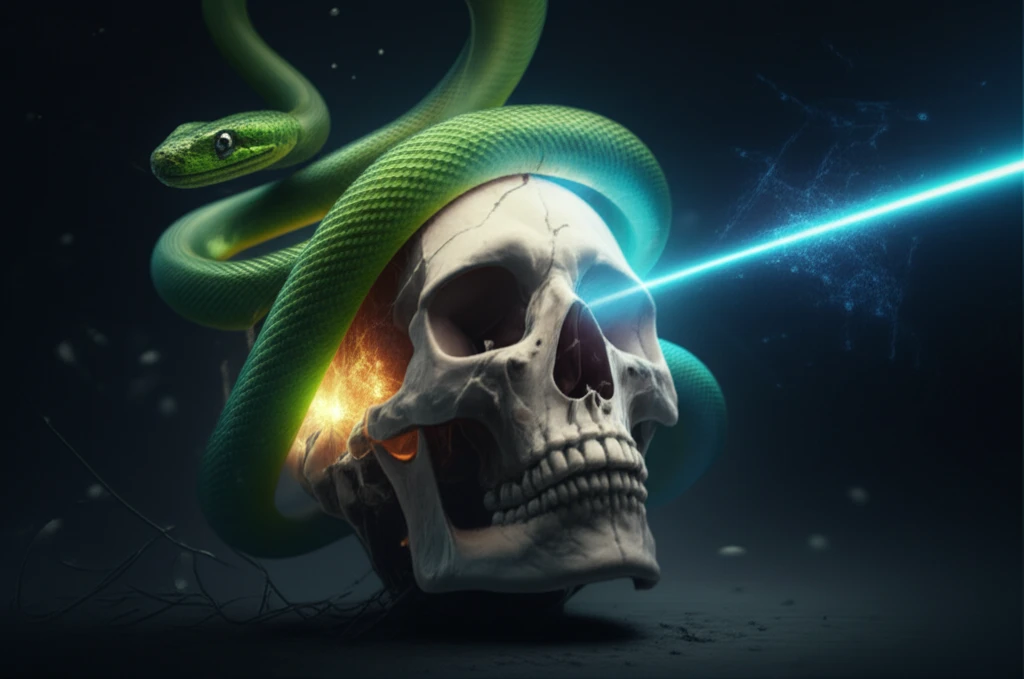
Fibrin Sealant and Laser: The Dynamic Duo Revolutionizing Bone Repair?
"Explore how a novel fibrin sealant derived from snake venom, combined with laser irradiation, could transform bone reconstruction."
For patients facing congenital deformities, traumatic injuries, or tumors affecting the craniomaxillofacial skeleton, autogenous bone grafting—using bone from their own body—has long been the gold standard. It boasts excellent compatibility, eliminates immune rejection, and jump-starts regeneration with its own supply of bone-forming cells. However, the limited availability of autogenous bone can be a significant roadblock.
To overcome this hurdle, researchers have explored combining biomaterials with autogenous bone grafts to fill bone defects more effectively. Simultaneously, laser therapy has emerged as a promising tool to accelerate fracture repair by stimulating osteogenesis—the process of new bone formation.
Now, a new frontier is opening with the development of a novel fibrin sealant (FS) derived from snake venom. This FS acts as a substrate for cell growth and has demonstrated remarkable biocompatibility in animal and human studies. This article delves into a study evaluating the osteogenic and healing potential of this new FS when combined with autogenous bone grafts and laser irradiation in rat skull defects.
How Does This Snake Venom-Derived Fibrin Sealant Work?

The fibrin sealant (FS) is manufactured using serine protease from the venom of the Crotalus durissus terrificus snake and fibrinogen cryoprecipitate obtained from buffalo blood. When these components are combined, they create a fibrin network that acts as a scaffold for tissue regeneration.
- Group 1 (G1): Autogenous graft alone (control)
- Group 2 (G2): Autogenous graft + laser (5 J/cm²)
- Group 3 (G3): Autogenous graft + laser (7 J/cm²)
- Group 4 (G4): Autogenous graft + fibrin sealant
- Group 5 (G5): Autogenous graft + fibrin sealant + laser (5 J/cm²)
- Group 6 (G6): Autogenous graft + fibrin sealant + laser (7 J/cm²)
The Future of Bone Reconstruction
The study's findings suggest that the combination of a new fibrin sealant derived from snake venom and laser irradiation holds significant promise for bone reconstruction. The fibrin sealant acts as a biocompatible scaffold, promoting cell growth and tissue regeneration, while laser irradiation stimulates osteogenesis. This dynamic duo could potentially reduce the need for large amounts of autograft and accelerate the bone repair process. While further research is needed, this innovative approach represents a significant step forward in regenerative medicine and offers hope for improved outcomes in reconstructive surgery.
